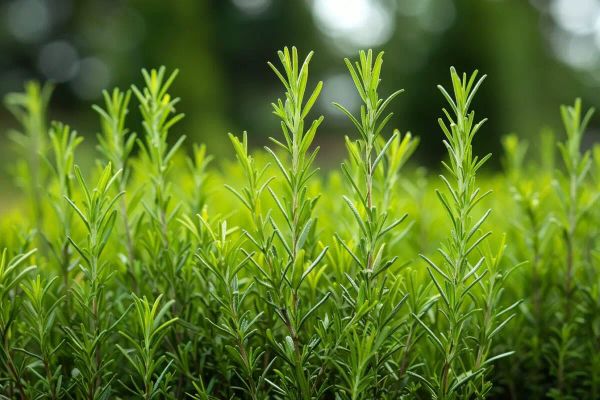Rosemary is a delightful and versatile herb that can thrive in a potted environment for over 10 years. To achieve this level of success, it’s essential to learn from the seasoned nursery professionals who know the tricks of the trade.

In this article, we will explore the expert techniques that will help you grow robust and healthy rosemary plants that will enhance both your culinary creations and overall well-being.
A Herb with a Rich History and Medicinal Properties
Rosemary (Rosmarinus officinalis L.) is a fragrant herb that traces its origins back to the Mediterranean. Beyond its culinary value, rosemary is known for its medicinal properties. Packed with bioactive compounds, rosemary offers a variety of health benefits, including reducing inflammation, providing antioxidants, fighting off microbes, and potentially even combating cancer.
Culinary and Beyond
In the culinary world, rosemary is a staple seasoning that imparts a distinct and fragrant flavor to a wide range of dishes, from meats to salads and bread. It also acts as a natural food preservative, keeping your dishes fresh and delicious. But rosemary’s uses go beyond the kitchen. It can be incorporated into cosmetic products to promote healthy skin and hair. And throughout history, this botanical gem has been cherished for its therapeutic properties, offering relief from issues like menstrual discomfort and cognitive decline.
The Key to Longevity: Expert Insights
To ensure your potted rosemary plants thrive for years to come, it’s crucial to follow the advice of seasoned nursery specialists. Here are some key tips to help you achieve long-lasting and vibrant rosemary:
1. Give It Plenty of Sunshine
Rosemary is a sun-loving plant that thrives when exposed to direct sunlight. To keep your plant healthy, place it on a balcony or near a sunlit window where it can soak up the sunshine. This will promote vigorous growth and ensure a lush and vibrant plant.
2. Water Sparingly
While rosemary is known for its resilience in dry conditions, it’s important not to overwater it. Infrequent watering is recommended, allowing the soil to dry out completely between waterings. Overwatering can lead to wilted and brown leaves, so be mindful of the watering schedule. Additionally, make sure to use well-drained, sandy soil that doesn’t retain too much water.
By following these expert strategies, you can cultivate strong and beautiful rosemary plants that will enhance your culinary adventures and contribute to your overall wellness. So why not give it a try and enjoy the benefits of having your own thriving rosemary right at home?




